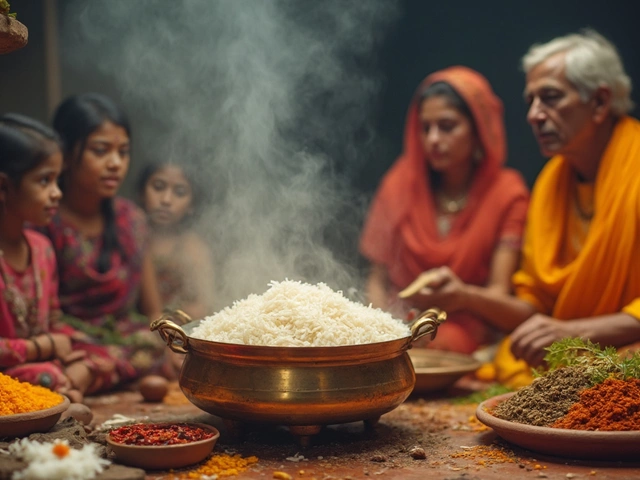Vegetable Nutrition Facts: What Every Gardener Should Know
Ever wonder why a carrot feels so sweet or why spinach makes you feel energized? The answer lies in the vitamins, minerals, and other nutrients each vegetable stores. Knowing these facts helps you pick the right crops for your diet and your garden.
Why Veggies Matter
Vegetables are low‑calorie powerhouses. One cup of broccoli, for example, gives you more vitamin C than an orange and a solid dose of fiber that keeps digestion smooth. Leafy greens like kale and methi (fenugreek) are loaded with iron and calcium, essential for blood health and strong bones. When you grow these plants at home, you also keep nutrients fresh—no loss from transport or storage.
Beyond vitamins, many veggies contain antioxidants such as beta‑carotene, lutein, and flavonoids. These compounds fight free radicals and can lower the risk of chronic diseases. If you add a colorful mix of veggies to your meals, you’re covering a wider range of nutrients without having to count pills.
Top Nutrient‑Rich Vegetables and Their Facts
Carrot: About 9 mg of vitamin A (as beta‑carotene) per 100 g, supporting eye health and immunity. It also offers potassium for heart function.
Spinach: Packs roughly 28 mg of iron and 99 mg of calcium per cup, plus vitamin K for blood clotting. Fresh leaves retain more vitamin C than frozen.
Tomato: Provides lycopene, a strong antioxidant linked to lower heart disease risk. One medium tomato also gives you 20 % of daily vitamin C.
Bell Pepper: Red peppers have the highest vitamin C content of any fruit or veg—about 190 mg per 100 g, far above the daily need. They also contain vitamin A and B6.
Green Peas: Offer plant‑based protein (about 5 g per cup) and a good amount of folate, which is key for cell growth and pregnancy health.
Mix these into your garden beds and rotate them each season. Rotation prevents soil nutrient depletion and reduces pest build‑up, keeping the plants healthy and the nutrition high.
When you harvest, aim to pick veggies at their peak color. A deep orange carrot or a bright green bean has more pigment—and more nutrients—than a dull one. Store them in the fridge within a day to keep vitamins from degrading.
Finally, remember that cooking method matters. Steaming or lightly sautéing preserves most vitamins, while boiling can wash them away. A quick stir‑fry with a dash of turmeric not only adds flavor but also adds anti‑inflammatory benefits.
With these nutrition facts in hand, you can plan a garden that feeds both your belly and your body. Choose a variety of colors, harvest at the right time, and enjoy the health boost that fresh veggies deliver every day.
The World's Healthiest Vegetable: Unveiling the Top Nutritional Powerhouse
Diving deep into science and tradition, discover which single vegetable claims the no. 1 spot for health benefits—plus practical ways to add it to your diet.
About
Vegetable Gardening
Latest Posts


Most Beautiful Flower in the World: What Truly Stands Out?
By Alden Thorne May 29, 2025

The Reigning Queen of Indian Vegetables: Brinjal Unveiled
By Alden Thorne Nov 22, 2024

How Often Should I Fertilize Tomatoes? Simple Timing for Big Harvests
By Alden Thorne Apr 21, 2025

